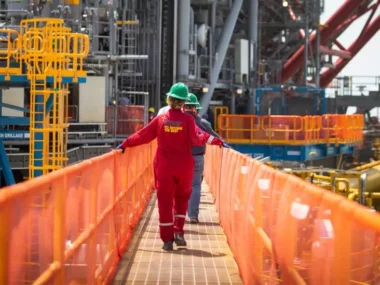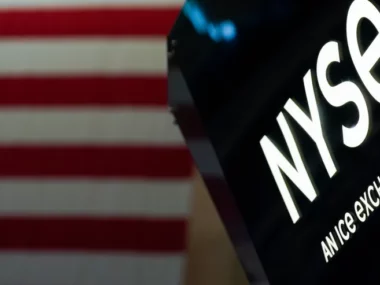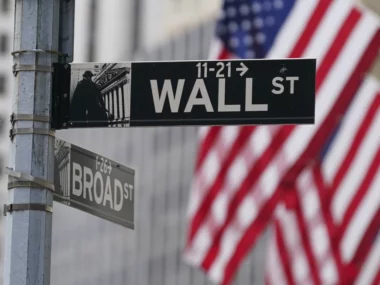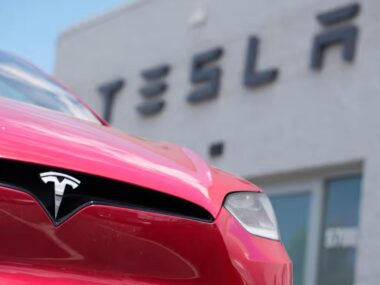Inflation continues to ease for American consumers, with price increases slowing to their lowest rate in three and a half years, according to recent data from the Bureau of Labor Statistics released on Wednesday.
The Consumer Price Index (CPI), which measures changes in the cost of a typical basket of goods and services, decreased from a 2.9% annual rise in July to 2.5% in August. This marks the lowest annual increase since February 2021, aligning with the average rate observed in 2018.
On a monthly basis, prices remained stable, showing no change from the 0.2% increase recorded in July.
The overall inflation rate for August was better than anticipated, with economists generally forecasting a 2.5% annual increase and a 0.2% monthly rise. However, a key measure of core inflation indicated that some price pressures, particularly those related to housing costs, continued to be high.
As a result, this nearly guarantees a quarter-point interest rate cut by the Federal Reserve at its upcoming monetary policy meeting next week, according to Ben Ayers, a senior economist at Nationwide.
“The path to normal inflation encountered a hurdle in August, with persistent pressures in housing and service costs re-emerging,” Ayers noted. “This should secure a smaller, quarter-point rate cut from the Fed next week, as officials remain cautious about fueling any remaining price momentum in the economy.”
It is widely expected that the Federal Reserve will begin to ease monetary policy by reducing its benchmark rate next week, making borrowing more affordable for consumers and businesses. Although inflation has significantly slowed since the central bank started its aggressive tightening cycle in March 2022, some price pressures persist, and the Fed’s attention has shifted towards the state of the labor market.
Inflation related to housing costs remains a persistent challenge.
Economists had predicted that the annual inflation rate would decrease significantly to 2.6% in the previous month, according to FactSet. This expectation was partly due to favorable year-over-year comparisons, as last summer’s surge in gas prices pushed inflation higher in August 2023.
Lower gas prices contributed to the reduction in overall inflation last month, with a decline of 0.6% for the month and 10.3% on an annual basis.
Grocery prices remained stable, while overall food inflation rose by 0.1% in August and 2.1% year-over-year.
“Inflation continues to slow on trend, but the unwinding of the pandemic’s impact is taking longer than expected,” said Sarah House, a senior economist at Wells Fargo, in an interview with CNN on Wednesday. “We’re seeing a correction in goods prices, which were the initial drivers of inflation. In contrast, the reduction in service prices is taking longer to manifest.” Excluding the typically volatile categories of food and energy, the core Consumer Price Index (CPI) rose 0.3% from July, a higher-than-anticipated increase that kept the annual rate at 3.2%.
Economists had anticipated that core CPI would increase by 0.2% and remain at 3.2% for the year ending in August.
The cost of owning and renting homes continued to be the main contributor to inflation, as noted in the Bureau of Labor Statistics (BLS) report. The shelter index increased by 0.5% for the month and was the “primary factor” in the overall rise. On an annual basis, it increased by 5.2%, accounting for over 70% of the annual rise in core CPI.
Shelter, which makes up more than a third of the overall CPI, remains the most significant obstacle to reducing inflation. However, economists believe it is only a matter of time before this hurdle is overcome.
This is because the BLS’s method for measuring housing-related prices involves a delayed and complex process, including estimating the rental value of owner-occupied homes.
Over the past year, the CPI’s shelter index has shown a gradual moderation: after reaching a peak of 8.2% in March 2023, it has steadily declined each month and fell to a two-year low of 5.1% in July. However, it increased again in August.
“There is a long delay between when current market conditions are reflected, just as there is a delay with tenant turnover, so it takes time for market conditions to be captured,” House explained.
“But it could also be due to a shift in preferences, such as remote work or demographic changes, where a larger portion of the population is now at an age where single-family living is more appealing, which maintains some upward pressure,” she added.
Incomes are managing to keep pace with inflation.
While prices may not be increasing as quickly as before, this may offer little comfort to American households still feeling the impact of over three years of higher-than-normal inflation.
The overall Consumer Price Index (CPI) is now 21% higher than it was in February 2020. Typically, over a similar 55-month period, this index would increase by just over 10%, according to data from the Bureau of Labor Statistics (BLS).
Although the August report highlighted the slow process of bringing inflation back to the Federal Reserve’s target rate of 2% (based on the Personal Consumption Expenditures price index), there were some positive signs in the data. Grocery prices are now rising at an annual rate of 0.9%, the lowest since mid-2021 and in line with the average increase observed in 2019. The “food away from home” category, which includes restaurants and other dining places, slowed to a 4% increase, matching a three-year low.
The report also showed some relief in another area of concern for consumers: auto insurance costs.
The rise in car insurance prices reflects both the long-lasting nature of inflation and the complex economic effects of the pandemic. Insurance prices surged starting in the fall of 2022, peaking earlier this year at 22.6%, driven by several factors: the global chip shortage in 2021, which limited car supply and increased prices; higher repair costs due to shortages and extended use of older cars; and insurers adjusting to underwriting losses.
However, in recent months, car insurance price increases have slowed significantly, reaching an annual rise of 16.5% in August, the lowest since June 2023.
Most importantly, average wage gains continue to exceed inflation. Inflation-adjusted (or real) average hourly earnings increased by 1.3% in August compared to a year earlier.
“We’re seeing what we would call real income gains,” noted Wells Fargo’s Sarah House. “It’s challenging to consider pricing decisions, such as where to shop or whether to change providers; however, overall, incomes are keeping pace with these price increases.”











